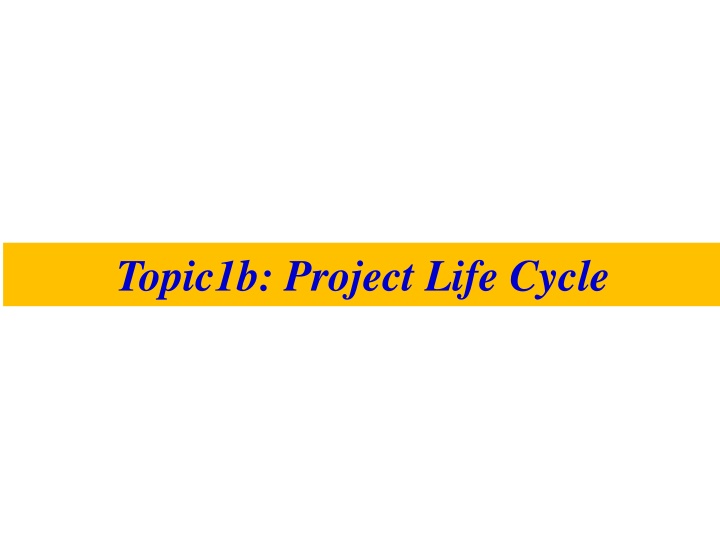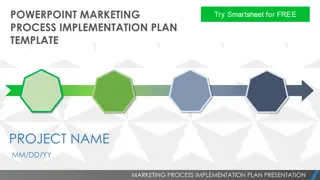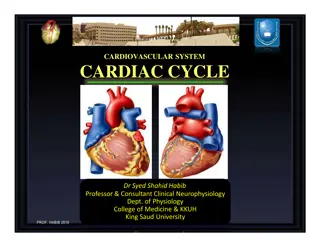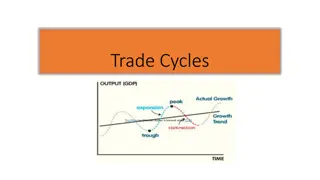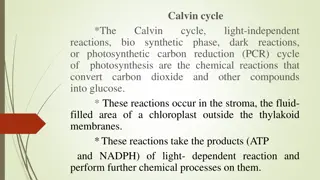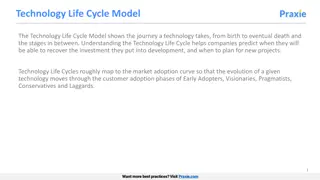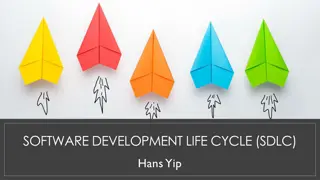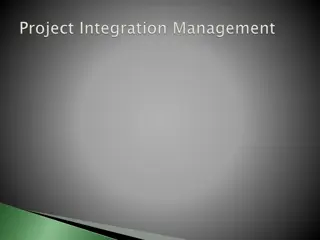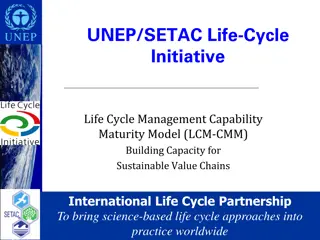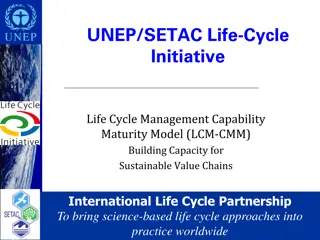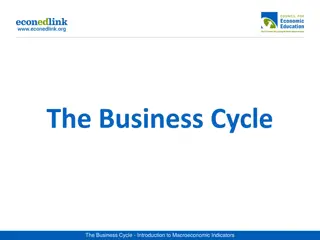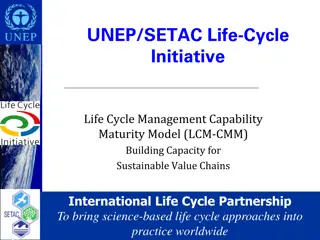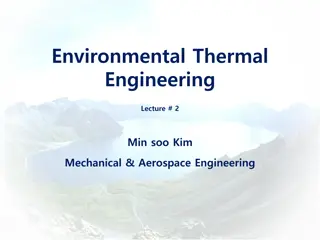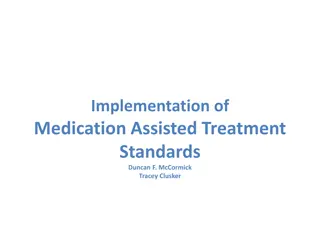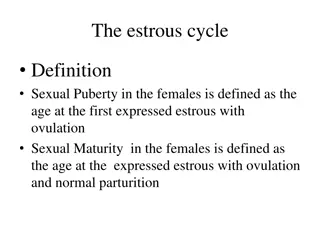Project Life Cycle Phases and Implementation
In the project life cycle, phases like concept studies, engineering design, procurement, construction, and operation play vital roles. Initiating with conceptualizing ideas, evaluating feasibility, to executing and maintaining projects, each phase contributes to successful project completion. Understanding the need, exploring alternatives, and ensuring technical, economical, and financial feasibility are key components. The transition from conceptualization to physical structures involves intense planning, resource allocation, and testing phases for smooth project execution.
Download Presentation

Please find below an Image/Link to download the presentation.
The content on the website is provided AS IS for your information and personal use only. It may not be sold, licensed, or shared on other websites without obtaining consent from the author.If you encounter any issues during the download, it is possible that the publisher has removed the file from their server.
You are allowed to download the files provided on this website for personal or commercial use, subject to the condition that they are used lawfully. All files are the property of their respective owners.
The content on the website is provided AS IS for your information and personal use only. It may not be sold, licensed, or shared on other websites without obtaining consent from the author.
E N D
Presentation Transcript
Phases of Project Life Cycle 5- Start-up and implementation 1- Concept and feasibility studies 2- Engineering design 4- Construction 6- Operation or utilization 3- Procurement
Concept and feasibility studies (Owner and Consultant) Initiate the project idea through recognizing a need for the project which could be: Satisfying a future demand (e.g. electricity) Improving productivity (new machine) Increasing income (real estate), or Alleviating existing deficiencies, e.g.: long waiting time at a road intersection, limited office space, small warehouse, no competition edge-high competition-(manual vs. computerized word processing)
Concept and feasibility studies (Owner and Consultant) Identify the possible alternatives and check their feasibility. Feasibility criteria are: Technical: approve the alternative that satisfies the technical restrictions, Economical: identify the most economical alternative, Financial: identify the source and availability of money to finance the alternative.
Engineering Design (Owner and consultant) Preparing blue prints (drawings) and specs (specifications) for the project.
Procurement It involves contracting with a general contractor and subcontractor and ordering project resources.
Construction It converts the blue prints and specs into physical structures.
Start-up and implementation It involves testing the functionality of the components and the whole system. (Special attention in refineries and chemical plant)
Operation and utilization (O&U) O&U involves the final phase of the project life cycle that will last up to the life of the project.
Example of a Project Management Process Planning Phase Listing of Activities Gross Resource Requirements Cost Estimates Activity Durations
Example of a Project Management Process Scheduling Time ordering of Activities Resource Requirement at each stage Expected completion time of each task
Example of a Project Management Process Monitoring & Control Reviewing the difference between the schedule & actual performance Analysis of the difference Correction Measures
Progress $, MH Planned progress Actual progress Time, Week Principles 1.Don t exceed resource Capabilities 2.Provide for continuity of operation 3.Start Critical Activities early
